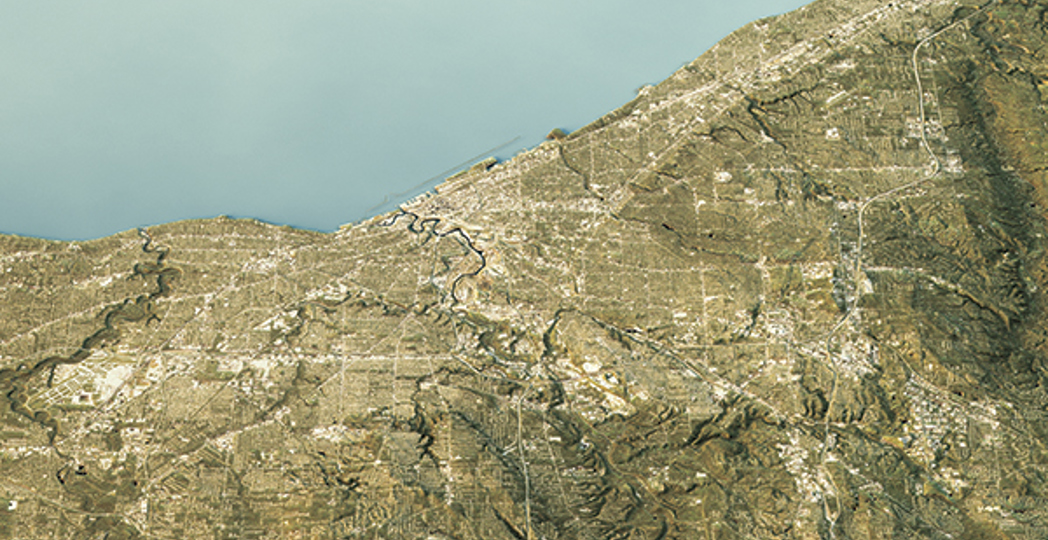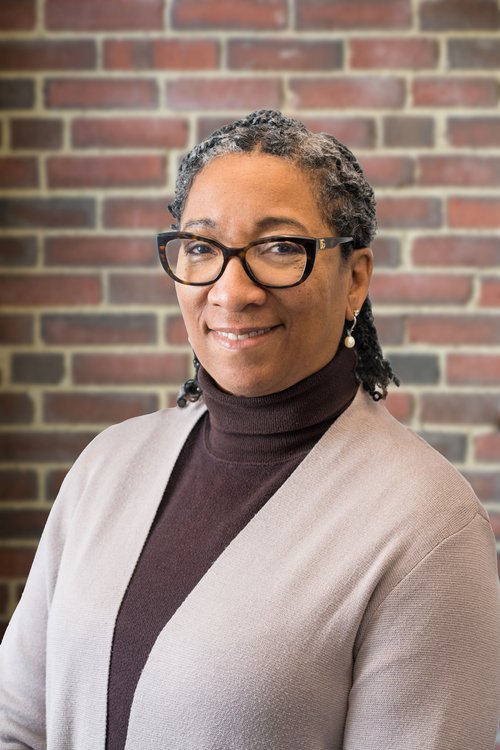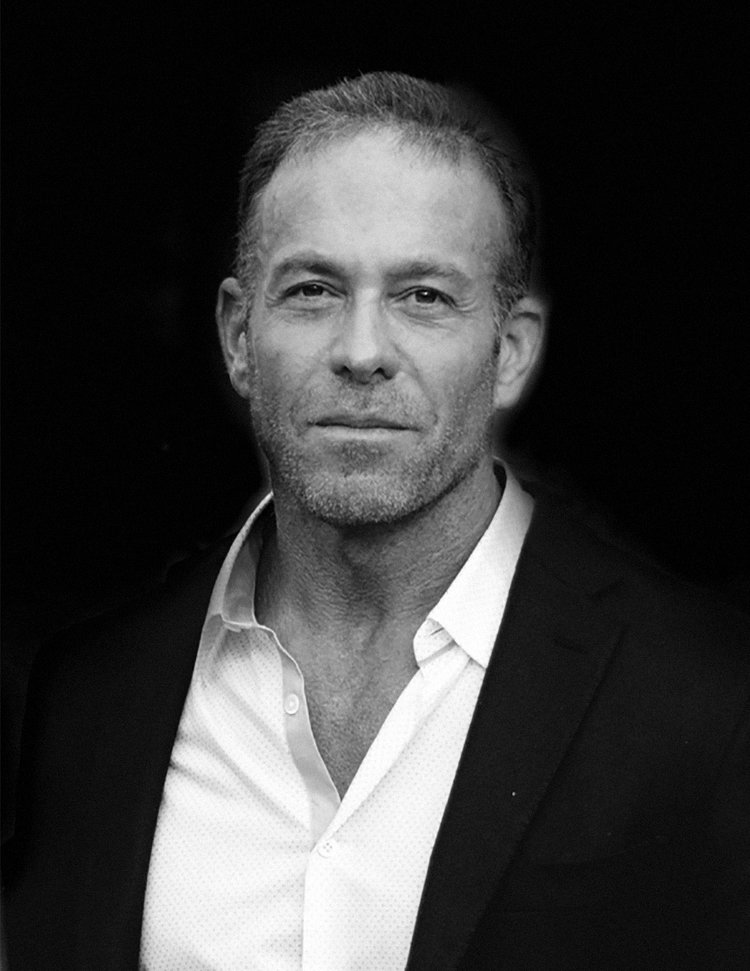The Mighty Cuyahoga River
by Chris Ronayne | May. 1, 2019 | 4:00 AM

It’s hard to think of anything that defines Cleveland more than the Cuyahoga River. The name derived from native Iroquoian language, the Mohawk people called it “Cayagaga” for the “Crooked River” and the Senecans named it “Cuyohaga” or the “place of the jawbone”. Meandering through the center of our city, this unique north-flowing river gave Clevelanders their east/west orientation from the start.
When Moses Cleaveland’s team of surveyors arrived in 1796, they landed on the eastern banks of the river as the area west of the river was off-limits according to the Treaty of Greenville from 1795. Within three decades of Cleaveland’s arrival, Cleveland and the Cuyahoga River would become the fulcrum between the Atlantic, Great Lakes and Gulf of Mexico.
But with prosperity came the pollution of the 19th century industrial revolution. The Cuyahoga River burned a dozen times between 1868 and 1969. The final spark that landed Cleveland on the cover of Time Magazine and in the halls of the Congress as the poster child for the Clean Water Act occurred on June 22, 1969.
In the following years, songwriters from R.E.M. to Randy Newman composed lyrics about the burning river — adding to our gritty, self-deprecating brand. Great Lakes Brewing Co. branded a beer after it, and a regional roller derby team began to wear the “Burning River” banner. While institutions ranging from the Cleveland Browns to our medical and cultural institutions and music (rock-and-roll and classical), all contribute to our composite Cleveland identity, the river that runs through us reflects the soul of
who we are.
The 50th anniversary of the burning river is as much a celebration of our river’s revitalization and our resilience as a community as it is as a historical marker. Migratory birds not seen in decades are returning and, in March, the EPA lifted restrictions on eating fish caught in the Cuyahoga River and its watershed. Since becoming the basis for the Federal Water Pollution Control Act, better known as the Clean Water Act, the famed Cuyahoga River Valley has gained a national park and become a National Heritage Area, Scenic Byway and National Heritage River. What’s our next act to leverage our historic river for a bright civic future? Here are five ideas about how we can utilize this historical moment to create a legacy that celebrates our river every day:
1) Complete the Towpath Trail – For 30 years, Tim Donovan of Canalway Partners has had a single rallying cry, “Build the Trail.” This year significant progress will be made to finish the 101-mile trail stretching from Zoar to Cleveland along the Cuyahoga River. The final 5 percent of the project are arguably the most difficult miles to connect. Yet all four Cleveland segments from Harvard Road south to the Flats oxbows north are underway and funded for completion.
2) Build Canal Basin Park – Cyclists completing a “Century” ride on the Towpath Trail today are greeted with a rather unceremonious terminus: a parking lot. We can do better. Like Akron’s Lock 3 Park, Cleveland’s Canal Basin Park offers an extraordinary interpretive opportunity. At least three significant planning efforts have occurred over the last 30 years, putting a price tag of $30 million on the park. Given the history and special location of this park, it’s time we get started on implementation.
3) Reveal “Low Line” Park – New York’s got its High Line, and Cleveland could have its own “Low Line” Park. Whatever its actual future name, the lower level of the Detroit Superior Bridge, originally built for streetcars, stretches across Canal Basin Park and has the potential to be a “Sky Park.” While streetcars no longer travel under the bridge, the legacy of a spectacular substructure with spectacular views still exists.
4) Activate Irish Town Bend Park – On a 17-acre site from Columbus Road to the Detroit Superior Bridge, there is an extraordinary opportunity to pay tribute to those who built and worked on the Cleveland canals at Irish Town Bend. The park could show the story of life on the Cuyahoga and the people who have made an impact on Cleveland. Views from Ohio City to downtown, from the perspective of the park’s maritime theater looking over ships entering the navigation channel, will be spectacular.
5) Introduce Old River Channel Park – Fifteen years ago, the Cleveland Waterfront District Plan introduced an idea to remediate industrial air pollution put upon residents of the Ohio City Lakeview Estates by replacing gravel piles in the riparian buffer zone with a greener park. Given the work of the Cleveland Foundation to extend its Centennial Trail connecting to the Lake Link Trail and ultimately the Metroparks bridge to Whiskey Island, this park has the power to connect, restore and revitalize.
This is just the beginning of a perpetual celebration of who we as Clevelanders really are, the people of the Cuyahoga River, a river that once burned and left an indelible imprint on our soul but revealed our greatest attribute — resilience.
Trending
-
1
-
2
-
3
-
4
-
5










